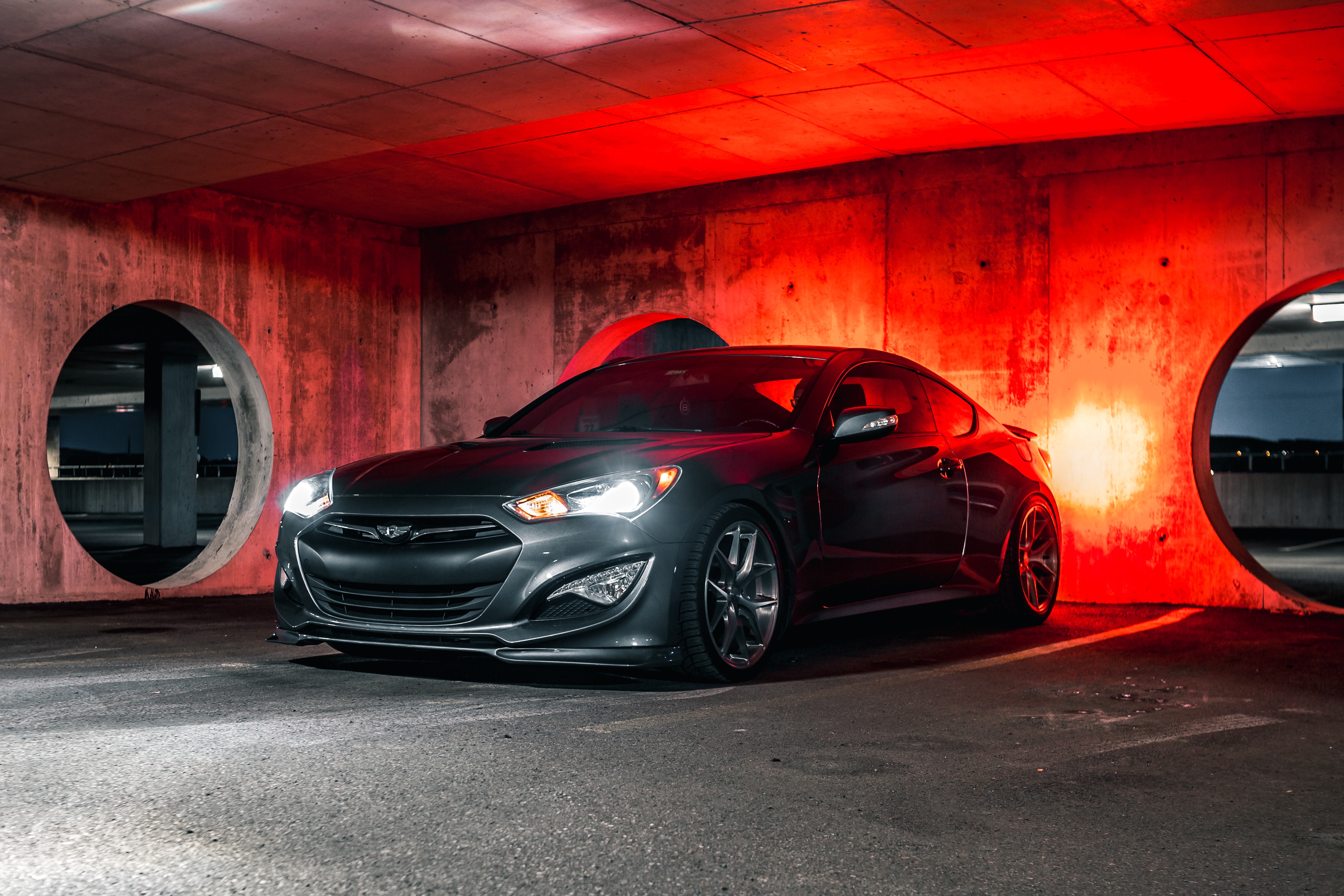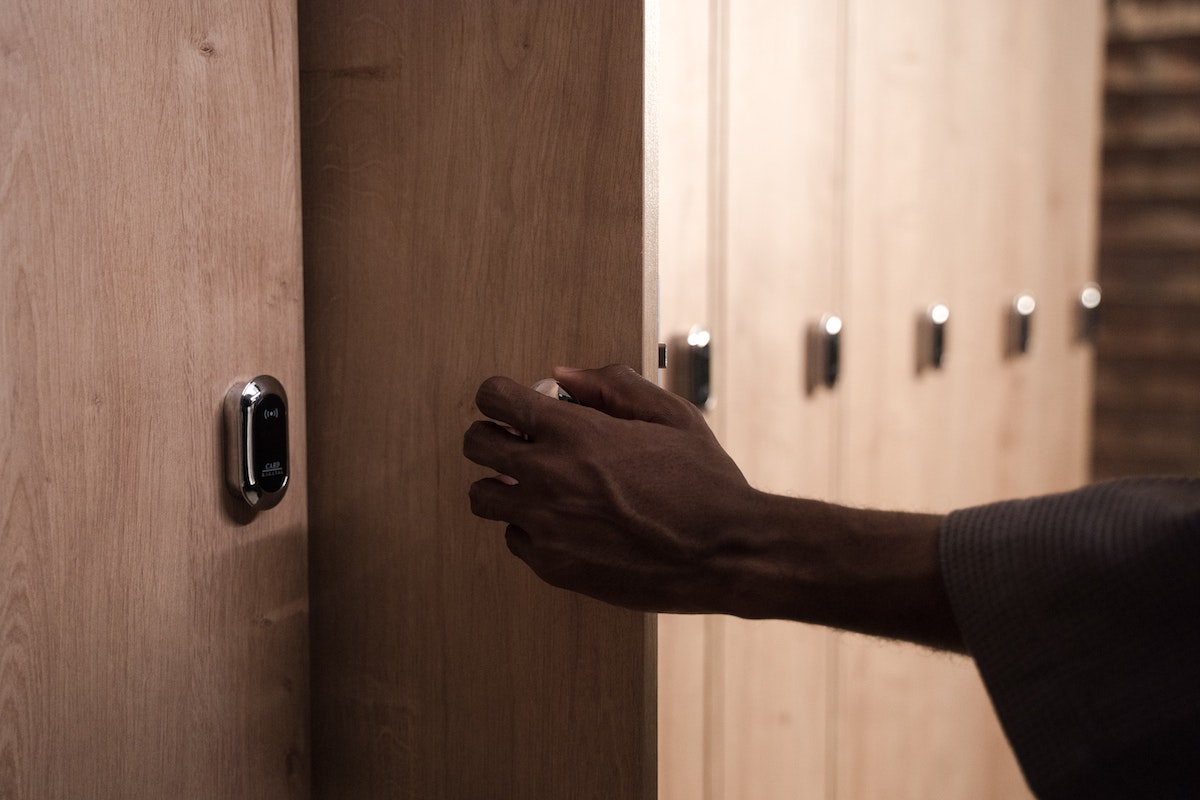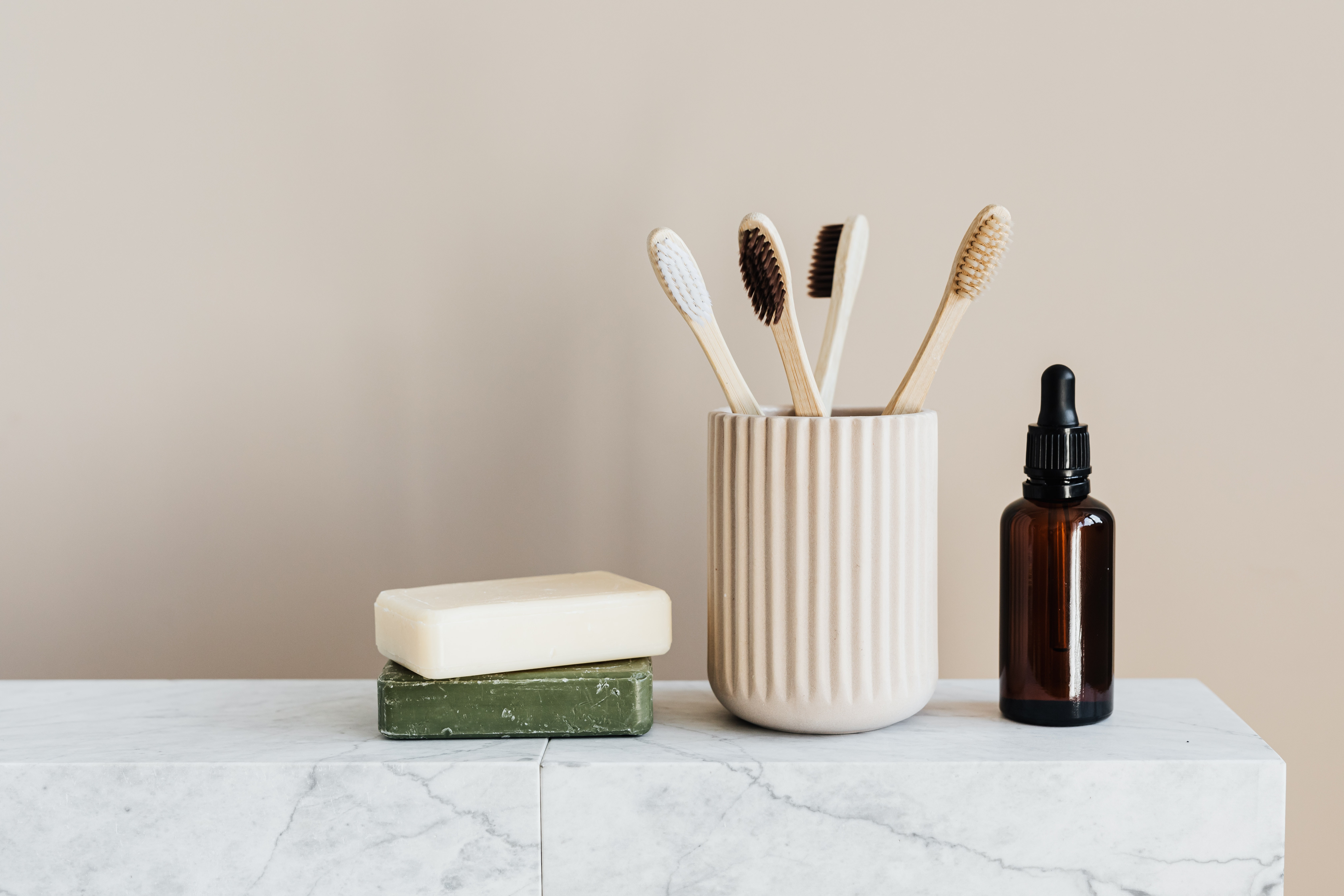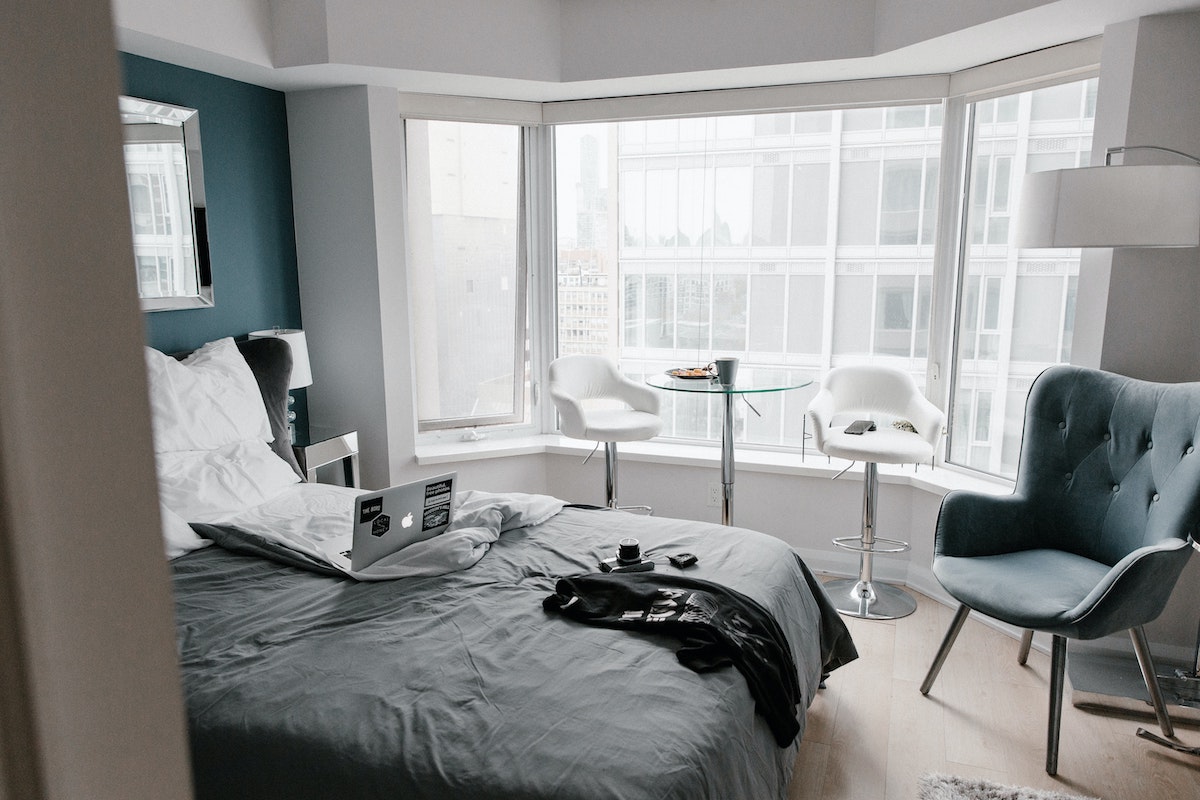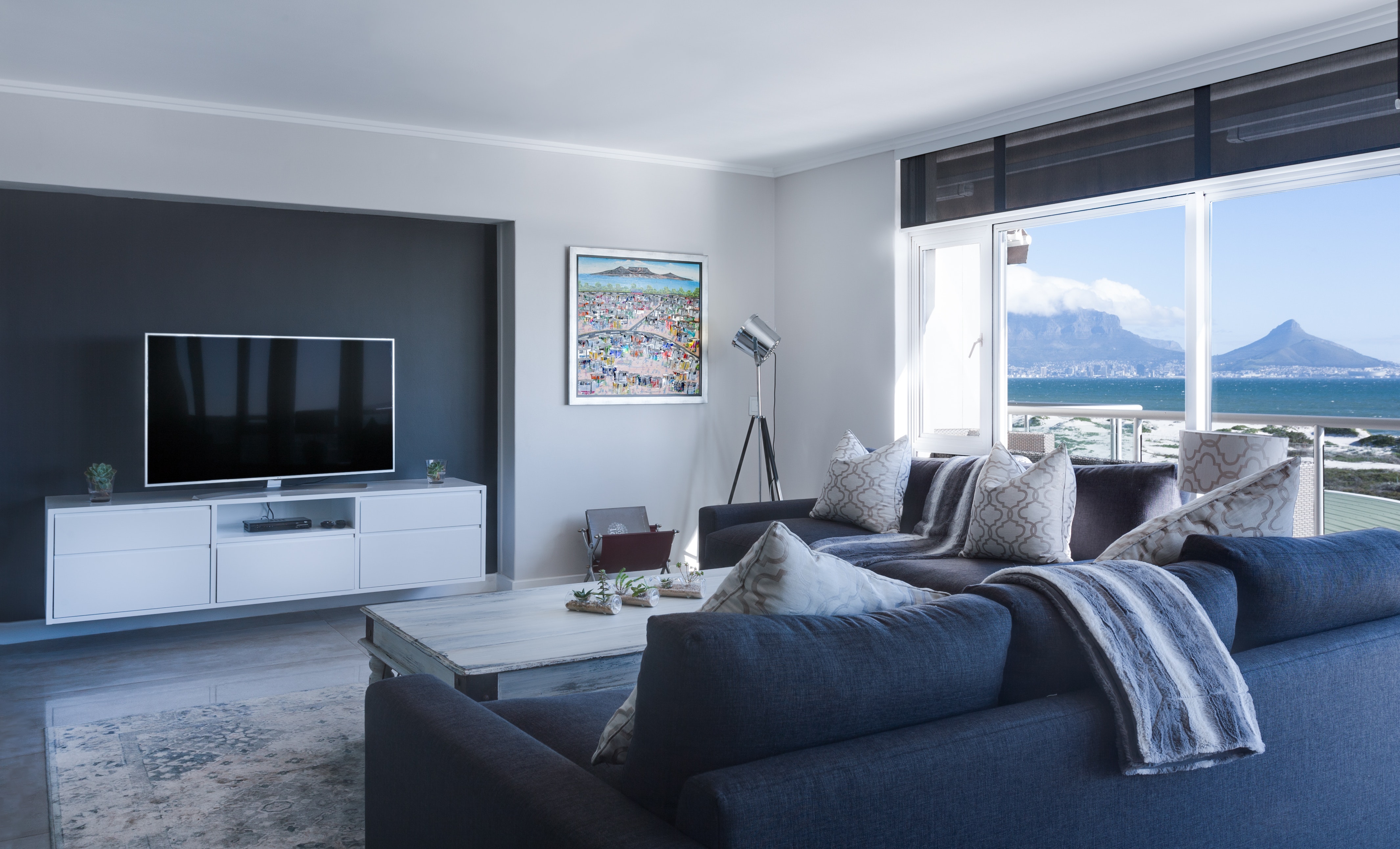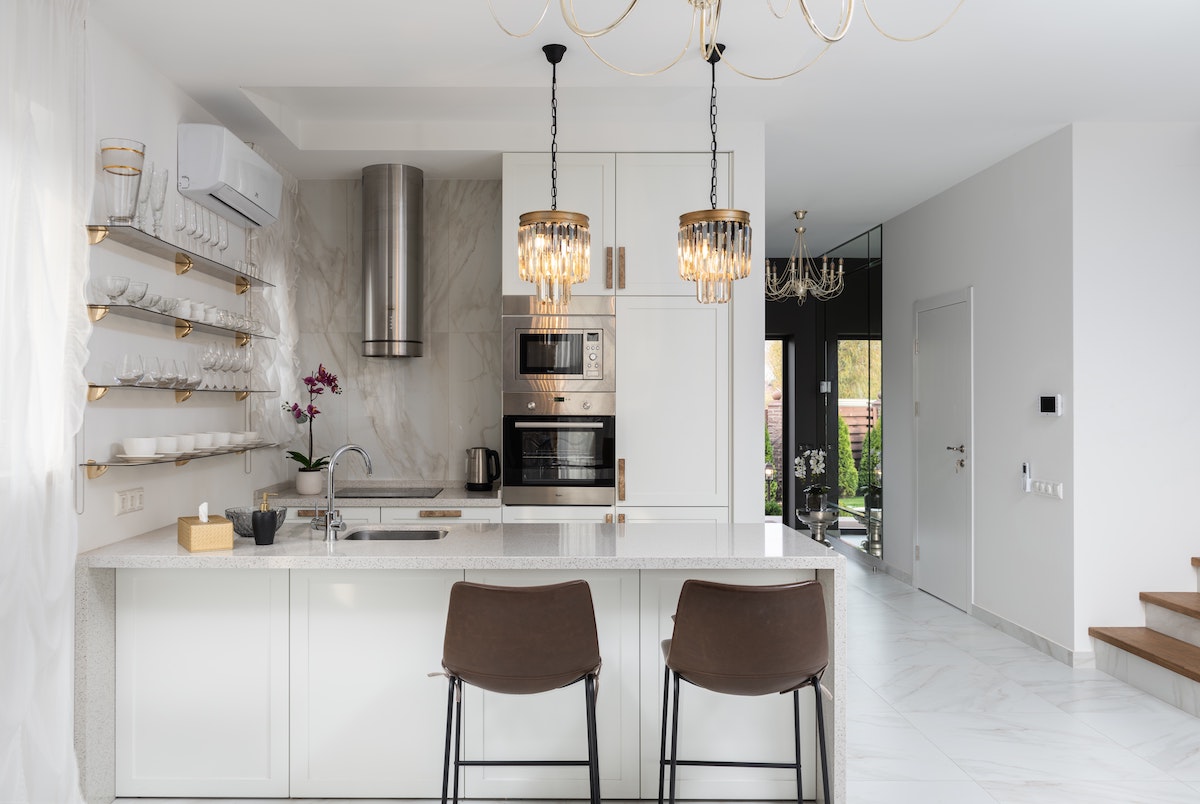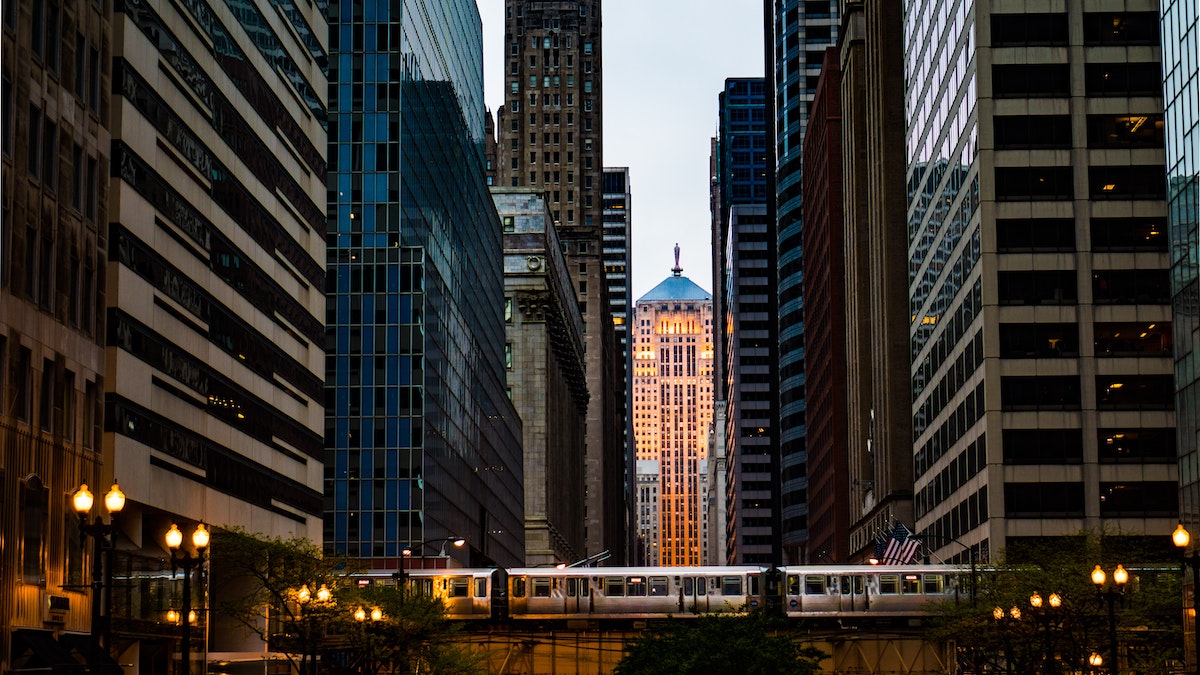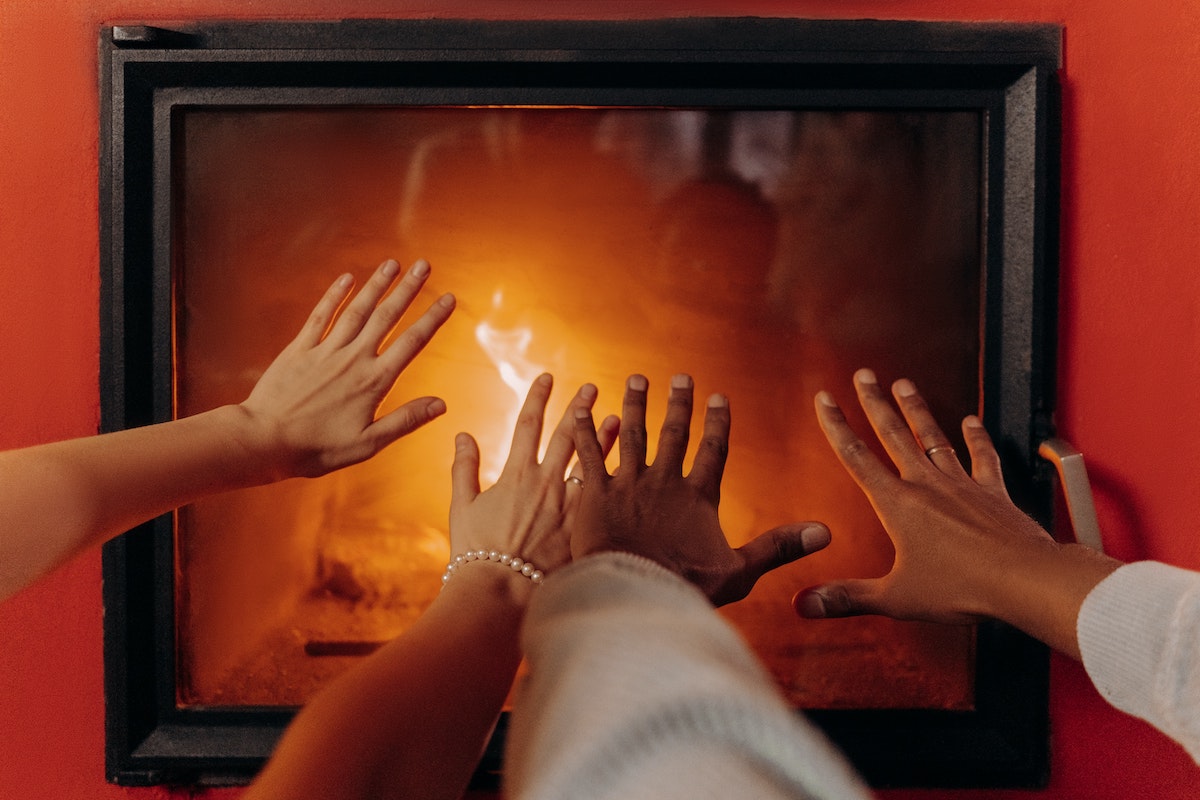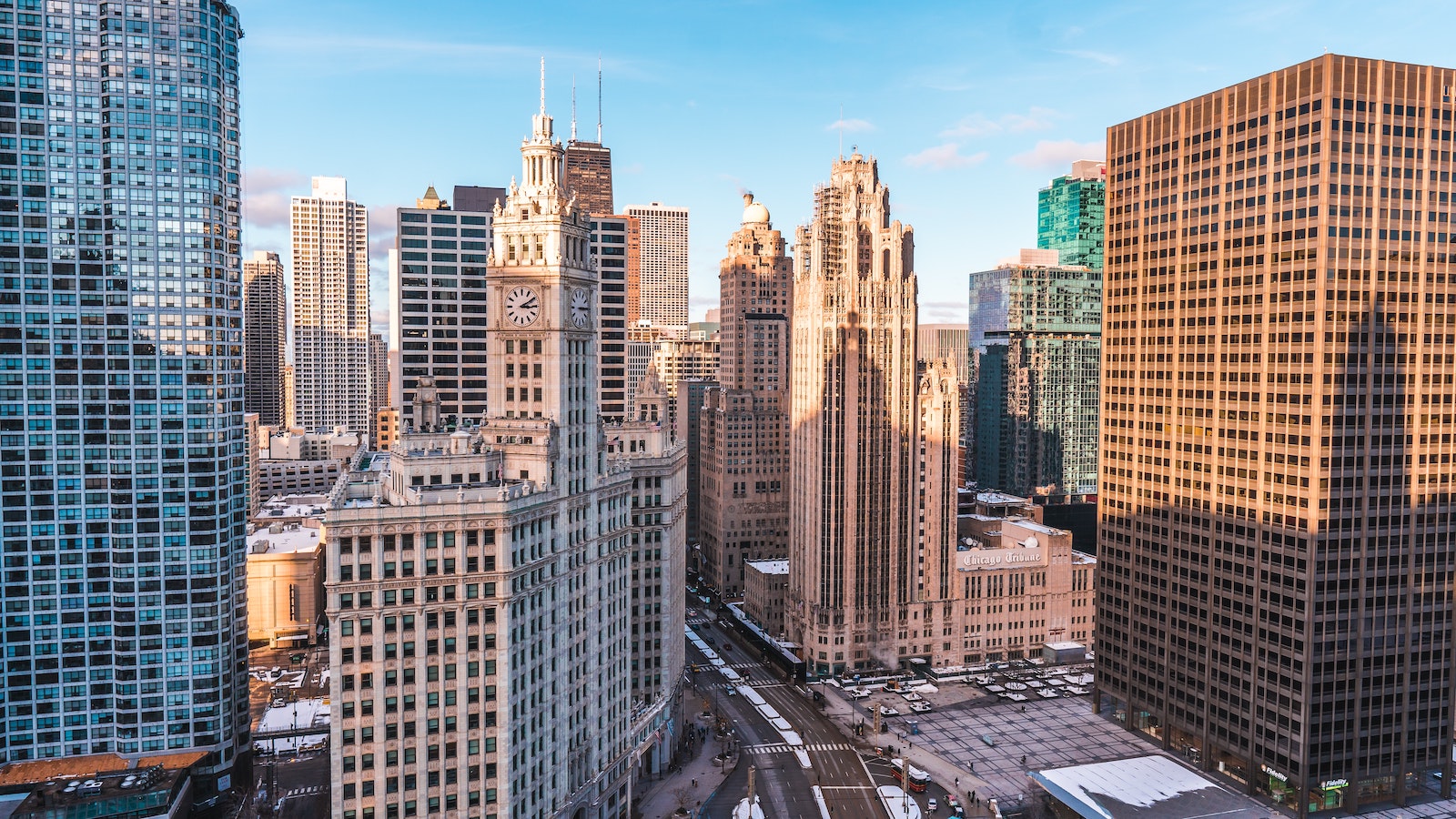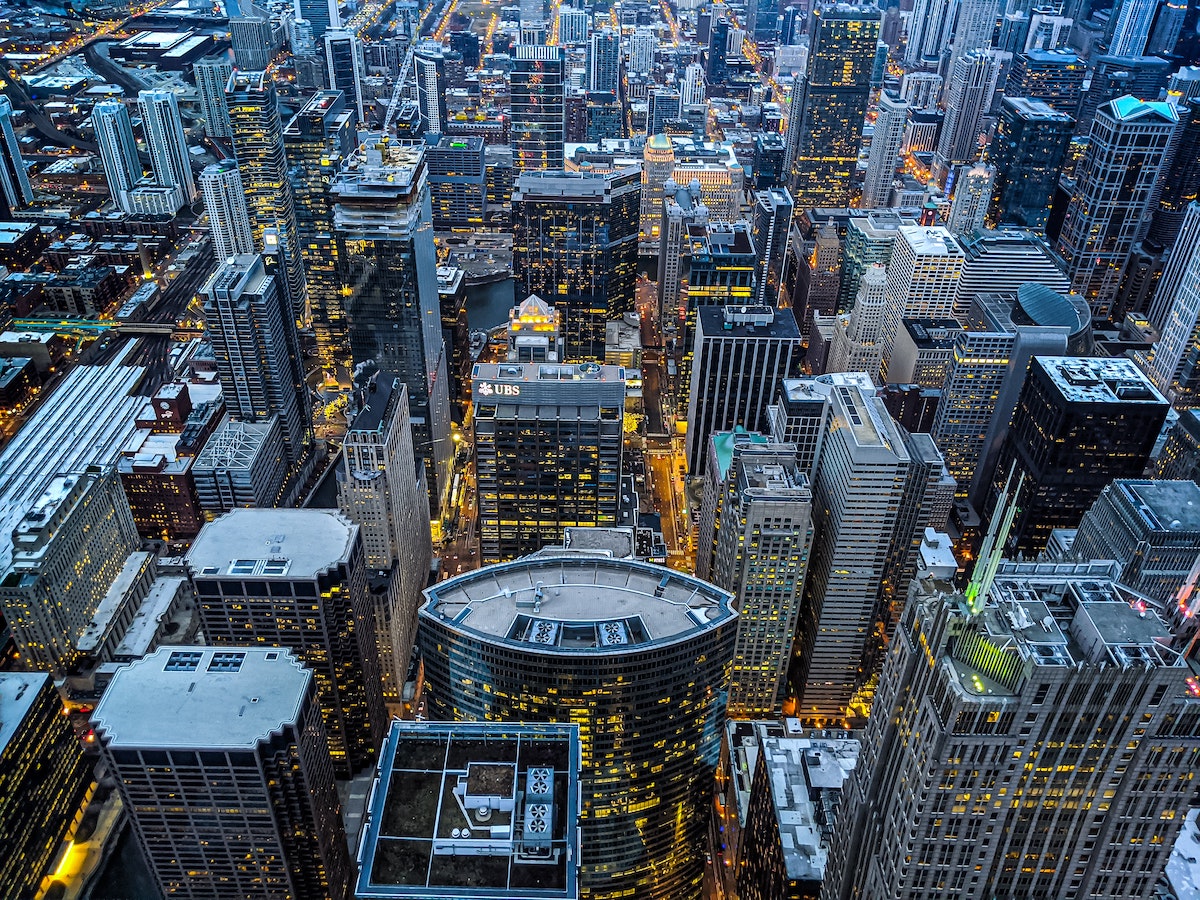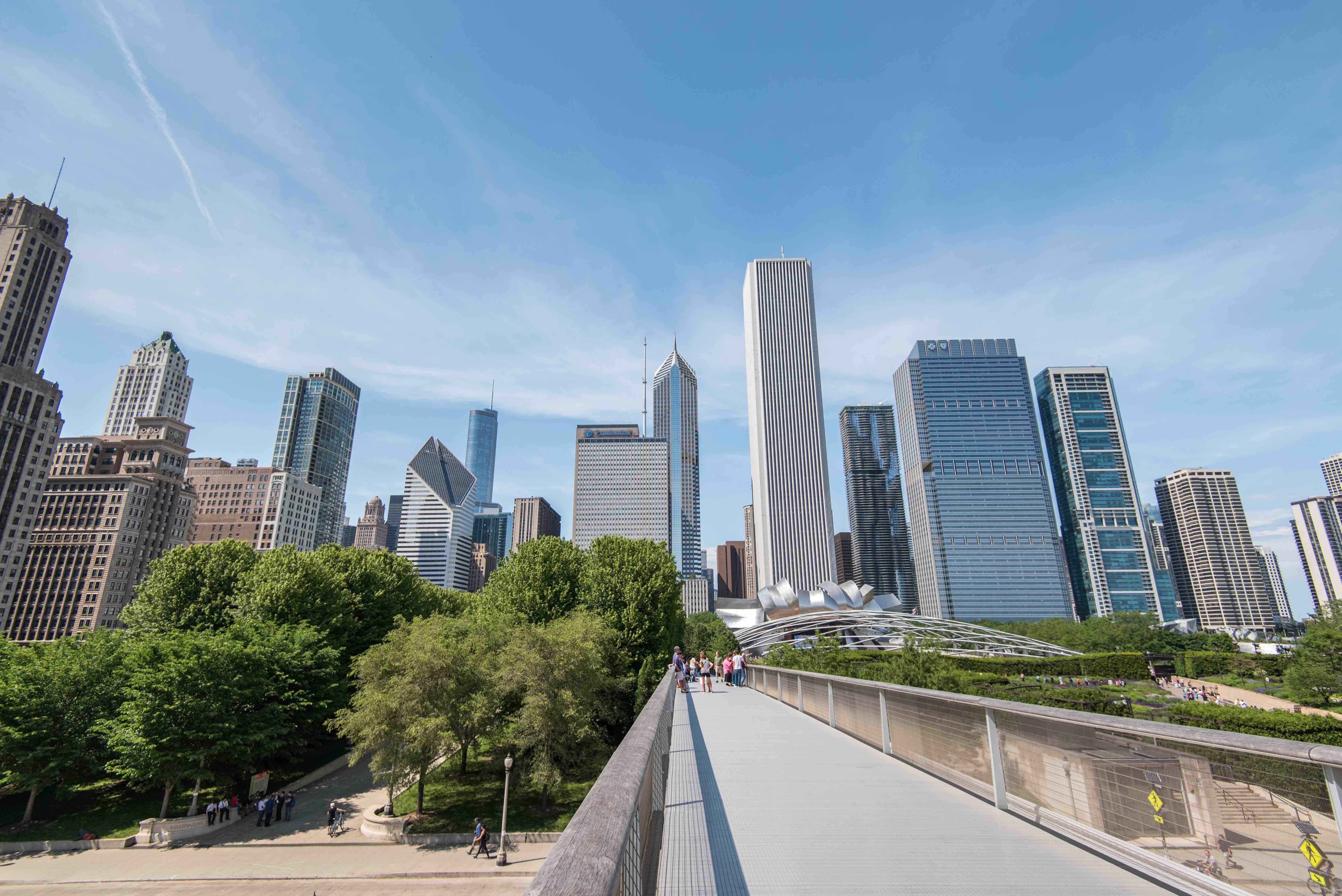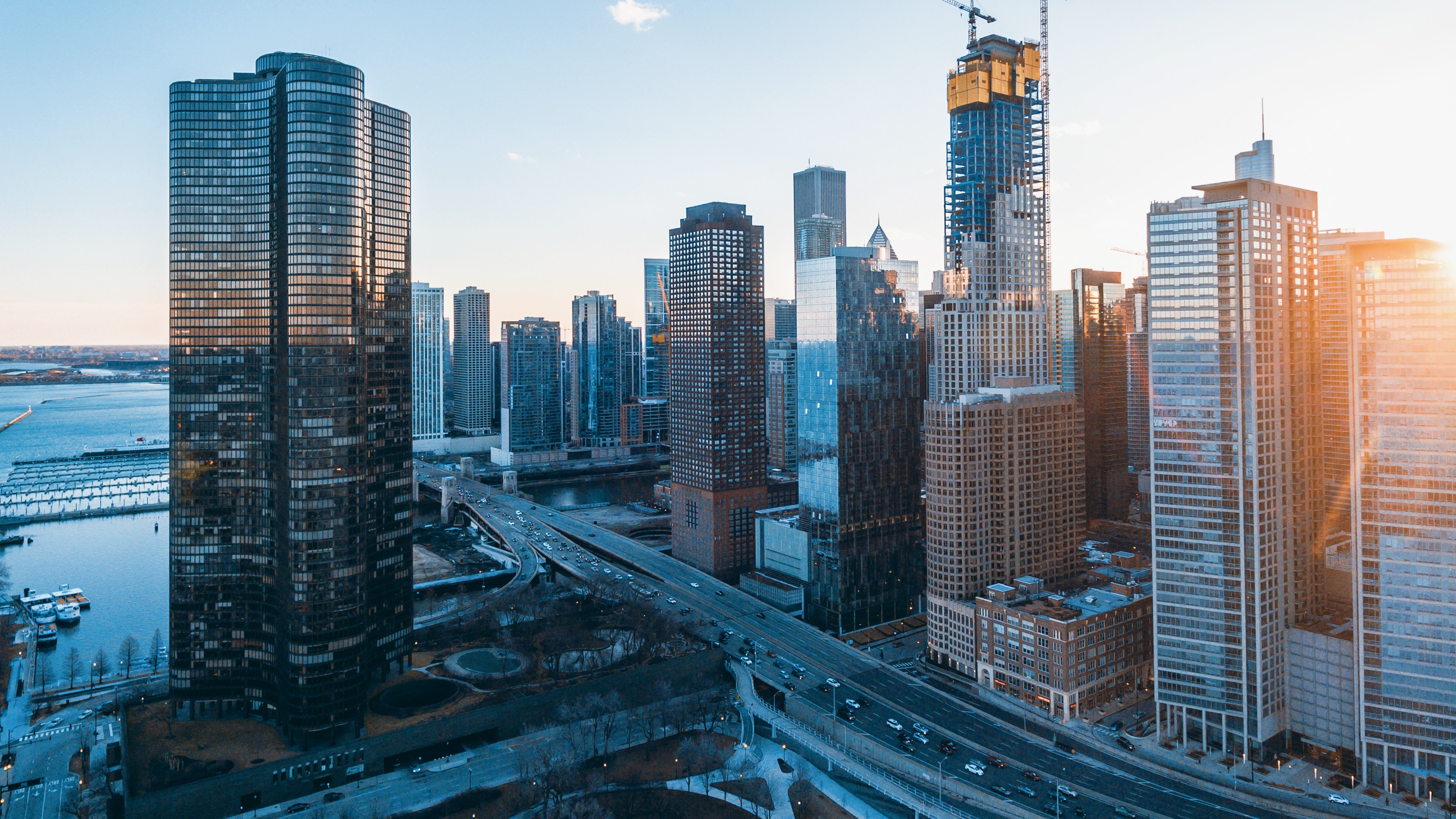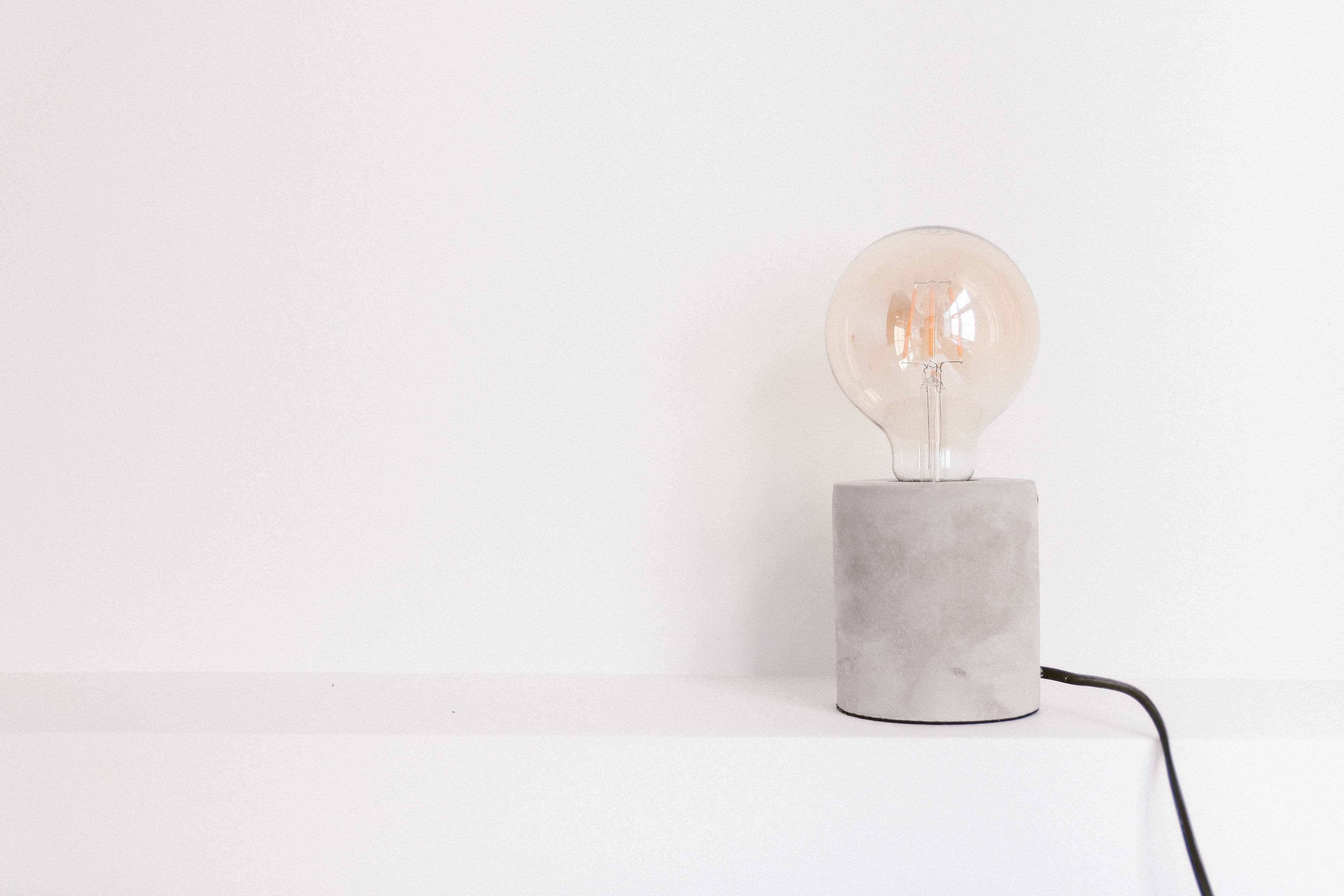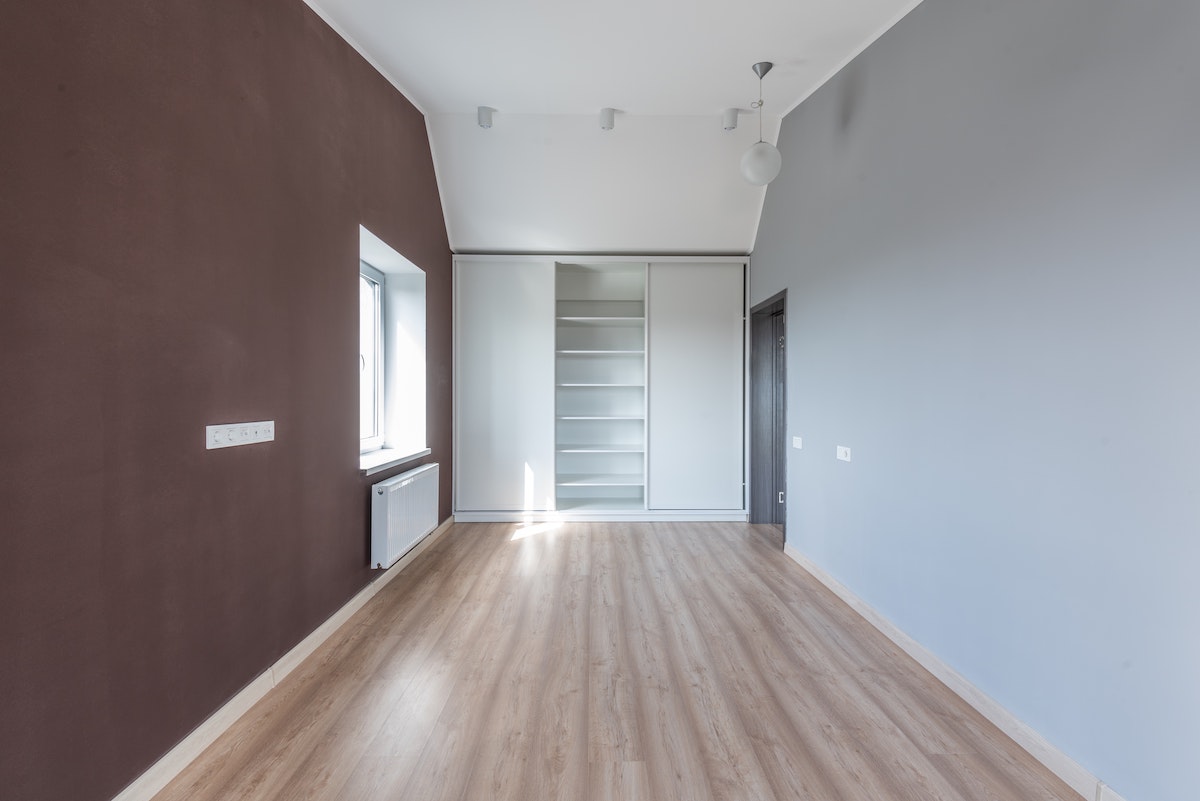Luxury Living, and the amenities it offers, help elevate and enhance your daily living experience. If you would like to maximize your time and make your life easier, check out these seven convenient amenities:
1. Private Parking Garage
If you’re a vehicle owner, you’re likely well aware city living often makes parking more challenging and costly. However, you can avoid some of the hassles if you find a condo building that provides access to a private parking garage.
This amenity eliminates the need or frustration involved in hunting down a parking spot. A covered parking garage also provides extra protection from the winter elements.
Many garages are equipped with security cameras to deter theft and keep ongoing surveillance on your whip. You will frequently find parking garages attached to their condo buildings, meaning you don’t have to exit your car outside, providing an additional layer of personal safety. Plus, that can help keep you out of the rain or snow!
While the cost of private parking garages is often included in the HOA dues, this route will likely save you money in the long run. Chicago street parking isn’t cheap, and free parking is few and far between.
2. Fitness Centers
Imagine knocking out your workout in a state-of-the-art gym without stepping foot outside. This can be a reality if you find a condo building with this amenity.
Having a gym on the property makes working out easier and may also increase motivation.
Many of these fitness centers come equipped with excellent machines and offerings. Some provide group classes and rooms designed for specific workouts, like cycling rooms and yoga studios.
Plus, on-site fitness centers help you save money. Gym memberships in Chicago are pricey and cost you up to $200.
Gym time can also help you connect with neighbors and establish community within your building.
3. Indoor Lap Pools
Whether you appreciate swimming laps or simply lounging in the water, indoor pools provide a desirable year-round amenity.
Outdoor pools are certainly enjoyable in the summer and may be on your bucket list, but the time stamp limits the use of this amenity, unlike an indoor option.
You will find that throughout Chicago, many luxury buildings boast lavish, resort-style indoor and outdoor pools that will undoubtedly elevate your living experience.
Plus, pools offer plenty of proven benefits, including easing pent-up tension and muscle pain, increasing blood flow to the brain, and providing relaxation.
4. On-Site Dry Cleaning
Keeping your clothes in great shape can be even easier with an on-site dry cleaning service. Whether you’re a business professional or someone who appreciates this cleaning method, you can save time and money when you have access to dry cleaning and laundry services in your condo building.
Professional dry-cleaning is less abrasive than traditional washing methods, removes stubborn stains and odors, and makes cleaning bulky or large loads easier.
This lifestyle amenity is one worth considering for ultimate ease and convenience.
5. Efficient Package Reception
The world of overnight and same-day shipping has increased the number of packages folks receive. While likely not at the forefront of buyers’ minds, efficient package reception is a valuable amenity that provides extra piece of mind. Knowing your packages are protected and convenient to access, especially living in a shared building, is important.
Many new and luxury condo buildings have invested in package reception to essure the smoothest package retrieval process.
It is prevalent for these buildings to offer secure package rooms, only accessible to residents, that feature individual lockers. Each resident is assigned a locker and can retrieve their secure package 24/7 using a fob key, pin code, access card, or QR code.
This enhanced security prevents package theft and misplacements. It also helps avoid the typical clutter that can be felt in a mail room when packages are not efficiently organized.
These storage systems also mean that residents don’t need to plan their schedule around when a package will be delivered. Residents are notified as soon as a parcel arrives, often via SMS or email alerts, but they don’t need to be present to receive or sign for the package.
Condo residents and staff alike benefit from these efficient condo package rooms because it frees up the building’s resources and employees to focus on other tasks.
Whether you travel frequently or receive packages regularly, this amenity will help ease the stress often associated with deliveries in multi-unit residences.
6. Pet Washing Station
If you’re a proud pooch owner, then a pet washing station is an amenity you don’t want to miss.
These stations make it ultra-convenient to keep your furry friend groomed and happy without having to go through the hassle of transporting your pet washers.
Keep in mind pet washing stations aren’t the only pet-friendly amenities offered in luxury Chicago condos. You can also prioritize your pup by living somewhere that provides dog runs, dog parks, pet-friendly shared spaces, and virtual keys for pet sitters or walkers.
7. Bike Storage
Biking is an excellent option for exercise or transportation in the Windy City. However, public bike racks are limited and pose an increased theft risk.
So, if you’ve got a bike you’d like protected, or you may consider investing in a bike, rest assured that plenty of condo buildings offer bike storage in their amenity packages.
Not only are bike storage spaces safe, but they also ensure that you don’t have to make room in your own unit to stow your two-wheeler.
If you’re in the market for a new condo, consider finding amenities that make your life easier and more enjoyable. As you navigate your home search and amenity wishlist, be sure to connect with one of our licensed brokers or click the link below!


